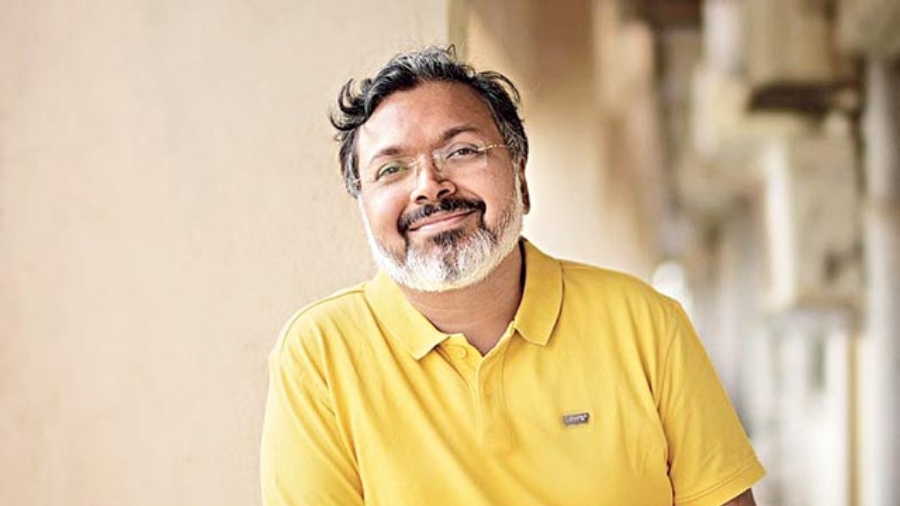Devdutt Pattanaik is an author with a single-minded mission –– to get an entire generation of readers interested in the vastness of wisdom in our ancient mythological texts. His deep and keen research and subsequent understanding of the Vedic texts is made palatable through strong contemporary parallels and easy-to-consume language and brevity. In the lockdown, which the author was convinced would last no longer than a few weeks, he began his own webcast, choosing to narrate snippets, tales, anecdotes from mythological texts and mark their relevance in today’s world. There were 72 episodes to the webcast before Pattanaik realised that the lockdown was here to stay and he shifted his attention to his other projects. However, these 72 episodes have now been collated into a book The Stories We Tell: Mythology To Make Sense of Modern Lives (Aleph Book Company; Rs 499) with the number 72 and its significance appearing as the last chapter or tale from the book.
There is unity of thought that is religion-agnostic and propels forward the idea of a singular source of beginning for all religions. He presents facts that supersede the idea of geographical lines and regional divides. Always looking at the macro learning from an instance, he infuses tacit thoughts that help highlight the uniformity of faith. In The Act of Seeing, he writes of Duryodhan who had not been seen his entire life. His father Dhritarashtra was blind while his mother Gandhari chose to blindfold herself. He also ties in the Chokkhu Daan process in Durga Puja rituals which alleviates a clay deity into a living entity. Pattanaik communicates the idea of seeing of a formless potential over the physical act of seeing and how one must embrace this in real life.

Pattanaik begins his book by presenting the ultimate form of his self-expression –– Fact is everybody’s truth. Fiction is nobody’s truth. Myth is somebody’s truth. His idea through these short, crisp chapters/tales is to teach his readers to understand that stories are just vessels for wisdom and it is the responsibility of a reader to gather his own truth/wisdom from these tales. In Appropriation or exchange, Pattanaik writes of cultural appropriation and what it entails, differentiating between yoga taught by Americans versus cultural approbation of Africans. While Indians took the former to America voluntarily, Africans were captured and forced into slavery by Americans. He speaks of the marked difference between the two and argues that an equal world as propagated by the West might be at war with the Dharmic concept of equality. He cites this story from Ramayana where Rama thanks a squirrel for his effort to build the Setu. The squirrel would wet his body, roll in the sand and then drop the sand onto the bridge. While others laughed at his efforts, Rama thanked him for he was giving his 100 per cent just like everyone else was.
One of our favourite tales from the book is, Did Ravana Understand Veda? In simple language with simple instances from the Ramayana, Pattanaik explains the concept of knowledge not equating to good in a person. He speaks of Ravana who is claimed to have complete knowledge of the Vedas and yet is infuriated to hear Hanuman speak to him in Sanskrit. His rage comes from his need to be the only person with the ability to speak in Sanskrit. Moreover, he refuses to offer a seat to Hanuman and the latter has to coil his tail and make a seat for himself. The poignant tale ends with Rama telling Lakshmana to learn from Ravana, as he lay dying, for he had infinite knowledge that needed to be imbibed by standing at Ravana’s feet and giving him the respect of a learned teacher.
There are 72 of these enthralling stories that make up Pattanaik’s latest collection The Stories we Tell. Some of these stories are nostalgic flashbacks from mythological books of short stories that we are all subjected to as kids as a part of the curriculum or as outside-syllabus reading. But their significance shines through in a way that is inimitable to Pattanaik. If you want to gather some wisdom and start seeing the modern world in a different light, this book is worth picking up.
